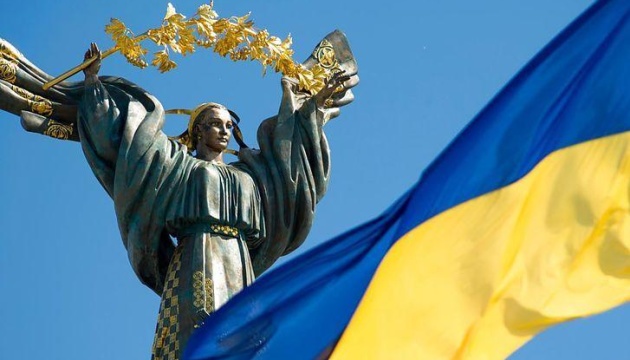–
“It seemed as if the water was gushing out from everywhere, even from the tops of the mountains […] The Danube, Rhine and Main carried away towers, very solid city walls, bridges, houses and the bulwarks of the cities.”
–
–
–
–
Several medieval chronicles report the “Magdalen Flood” of 1342 – so called because it had its peak on July 22, which is assigned to Mary Magdalene in the Catholic calendar of saints.
A return of the flood, God’s punishment for their sins – people were convinced of that:
“The floodgates of heaven were open, and rain fell on the earth as in the 600th year of Noah’s life.”
–
–
–
–
Fundamental climate change
In fact, however, there were several very earthly causes for the “Magdalen Flood”. On the one hand, fundamental climate change: After a long “warm phase” in which moderate climatic conditions ensured economic and cultural prosperity, what experts call the “Little Ice Age” prevailed in Europe from about 1300, explains climate historian Professor Wolfgang Behringer :
“Of course, this little ice age does not mean that it was permanently cold, but above all that there are very pronounced cold phases, with very cold winters, in which the birds freeze in the trees or the mail riders fall dead from their horses, with extreme weather years; so we can see that in times like this the population is declining, there are a lot of crop failures, that goes very well with this little ice age.”
A year of extreme weather
1342 is a year of extreme weather: After very cold and snowy winter months, it is already unusually warm in February, so that a particularly strong snowmelt begins. Then suddenly it snows again until well into April in southern Germany, Austria and Switzerland, which causes the rivers to swell further in the already rainy early summer.
At the beginning of July 1342 there is a short but intense heat phase, the ground is completely dry and brittle and cannot hold the water masses when on July 19th – initially in Franconia – intensive continuous rain sets in, caused by a special weather situation: warm air layers, which have absorbed a great deal of moisture over the Mediterranean Sea are moving north, but on the other side of the Alps they encounter a high pressure area that is holding the clouds to a certain extent. Most affected – the Rhine-Main area: 175 liters of rain per square meter fall here in just four days.
“On the third day before Maria Magdalena, up to her day, the Main was so big that the water went all around Sachsenhausen and into all the churches and streets of Frankfurt.”
–
–
–
–
Probably tens of thousands dead
The Main rises to 7 meters 85 near Frankfurt, in Würzburg a water level of over 10 meters is measured, “so that the same […] Fields and vineyards were destroyed and many houses and residents were torn away.” The Rhine water is three meters high in the Mainz Cathedral, “barges drove over the walls of the city of Cologne.”
Tens of thousands of people probably died directly during the “Magdalen Flood” of 1342. In addition, the water masses tore eight to ten meter deep gorges in the fields and washed away 13 billion tons of farmland, says geography professor Jürgen Herget: “This led to catastrophic consequences, to serious crop losses, to the abandonment of entire landscapes and villages immediately after the event, but also in the years to come.”
famine and plague
There were great famines, and the weakened people had nothing to counter the rampant epidemics such as malaria or cholera and above all the great plague pandemic from 1347, which swept away a third of the population of Europe at the time, 25 million people.
Not least because of this, the “Magdalen Flood” of 1342 is considered the “flood of the millennium”. But how long? At the latest, the flood disaster in the summer of 2021 in North Rhine-Westphalia and Rhineland-Palatinate shows that such storm events are also occurring more frequently in this country, with increasingly dramatic consequences.
–


